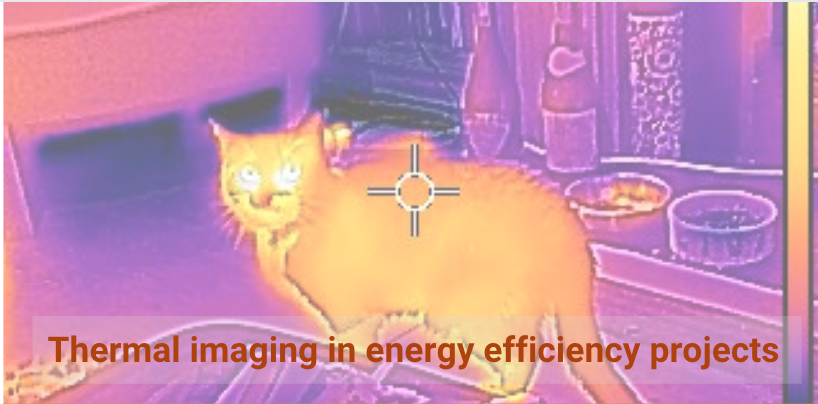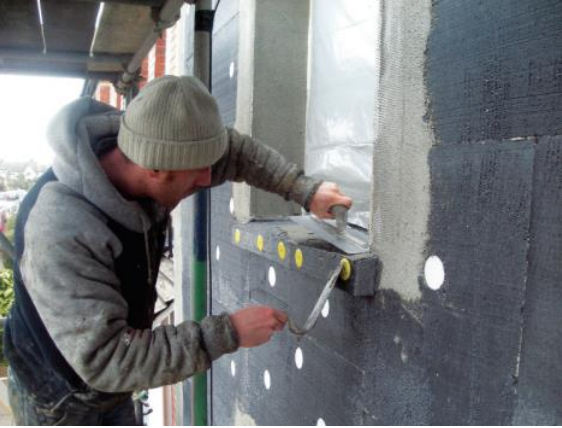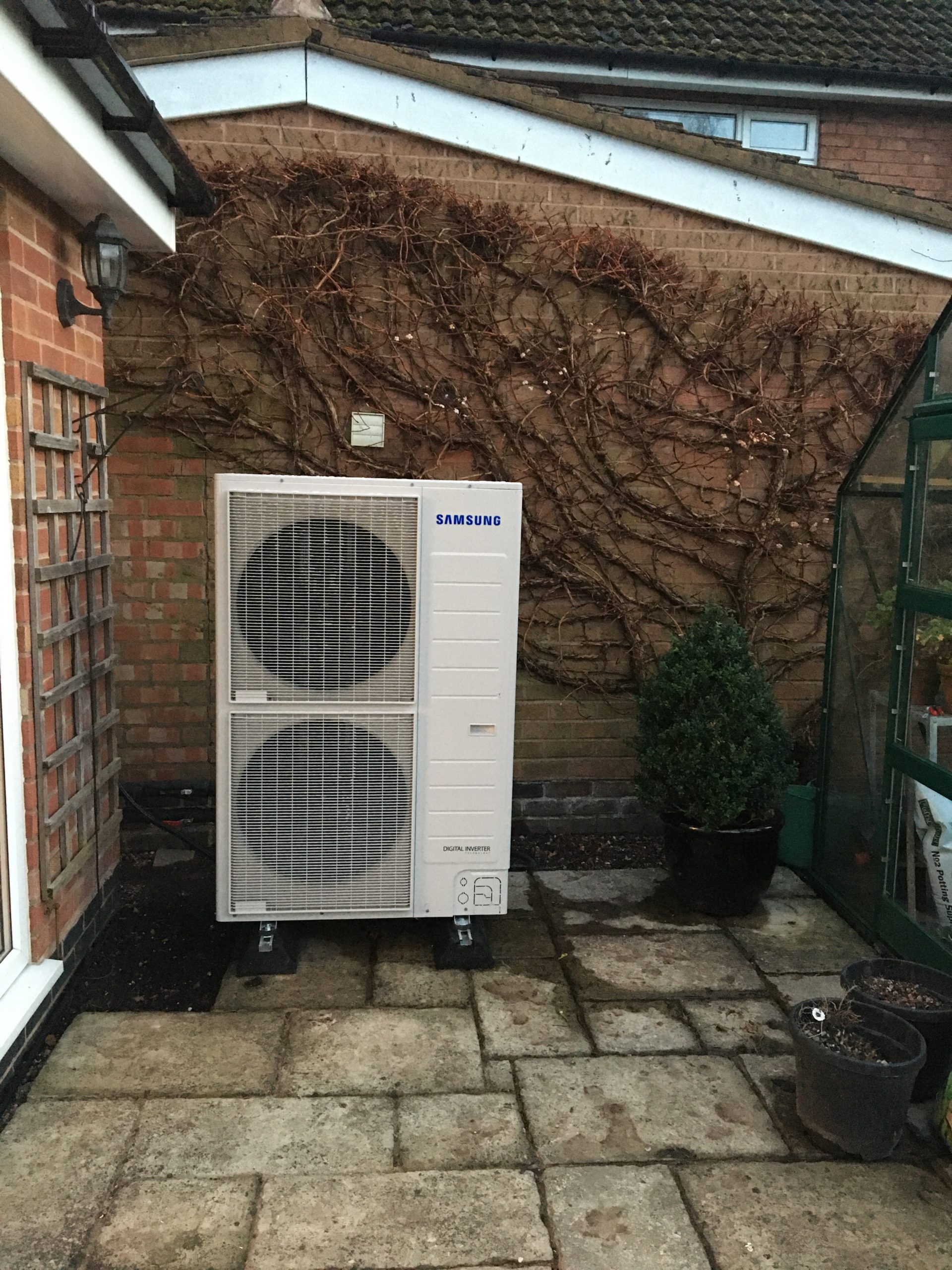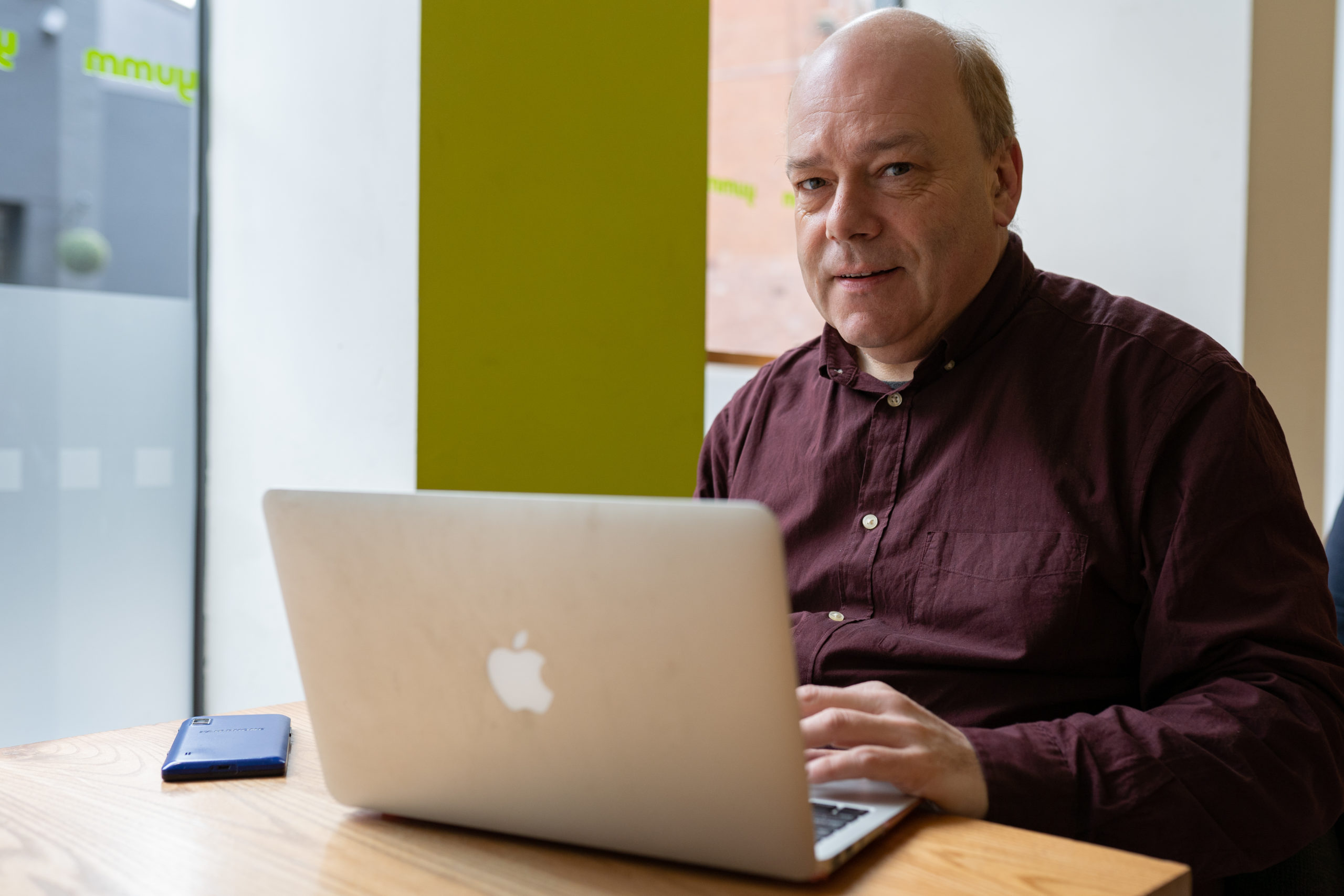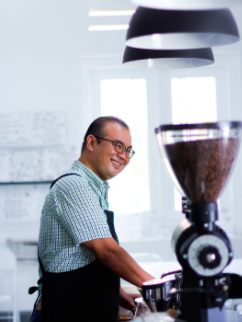Maggie and Dave are hosting our next Birmingham Green Doors event on 4 March 2023.
I have been there before to give them energy advice, but tonight was the first time I have been back since their green home makeover.
There are many features and benefits I could list but what struck me most was that it was evenly and consistently warm and comfortable throughout.
There are lots of measurements, thermal images, spreadsheets that could prove the carbon impact of what they’ve done. But you need to feel the comfort with your own five senses. This is an early 20th Century Edwardian terrace. They are notoriously leaky and draughty. If you move from one room to another you notice the difference. But not in Maggie and Dave’s house. On a cold January evening, the whole house is warm as toast.
At Maggie and Dave’s open house event on 4 March you will learn about:
- How wall insulation has not only reduced heat loss, but improved airtightness, whose role in making a house warm or cold is often overlooked
- The heat pump installer has done their job properly – they have designed flow rates, flow temperatures, and radiator sizing to ensure a steady background heat; with heating controls that are easy to use
- How they have dealt with heat loss from the extremities of the house, such as the bay window
- For those who like figures, you will be able to learn how much energy and carbon has been saved
- Why you need to add ventilation when insulating a home – and how to do it
- How Maggie and Dave chose and supervised the right contractors for the job
Who should attend?
- People who are interested in making their home more energy efficient
- Professionals working in housing and energy who are interested in warm, green homes
- Community workers who want to help residents save energy
- Students, teachers and academics interested in decarbonisation.
BOOK NOW! Three time slots available. Near Erdington train station, bus routes.
